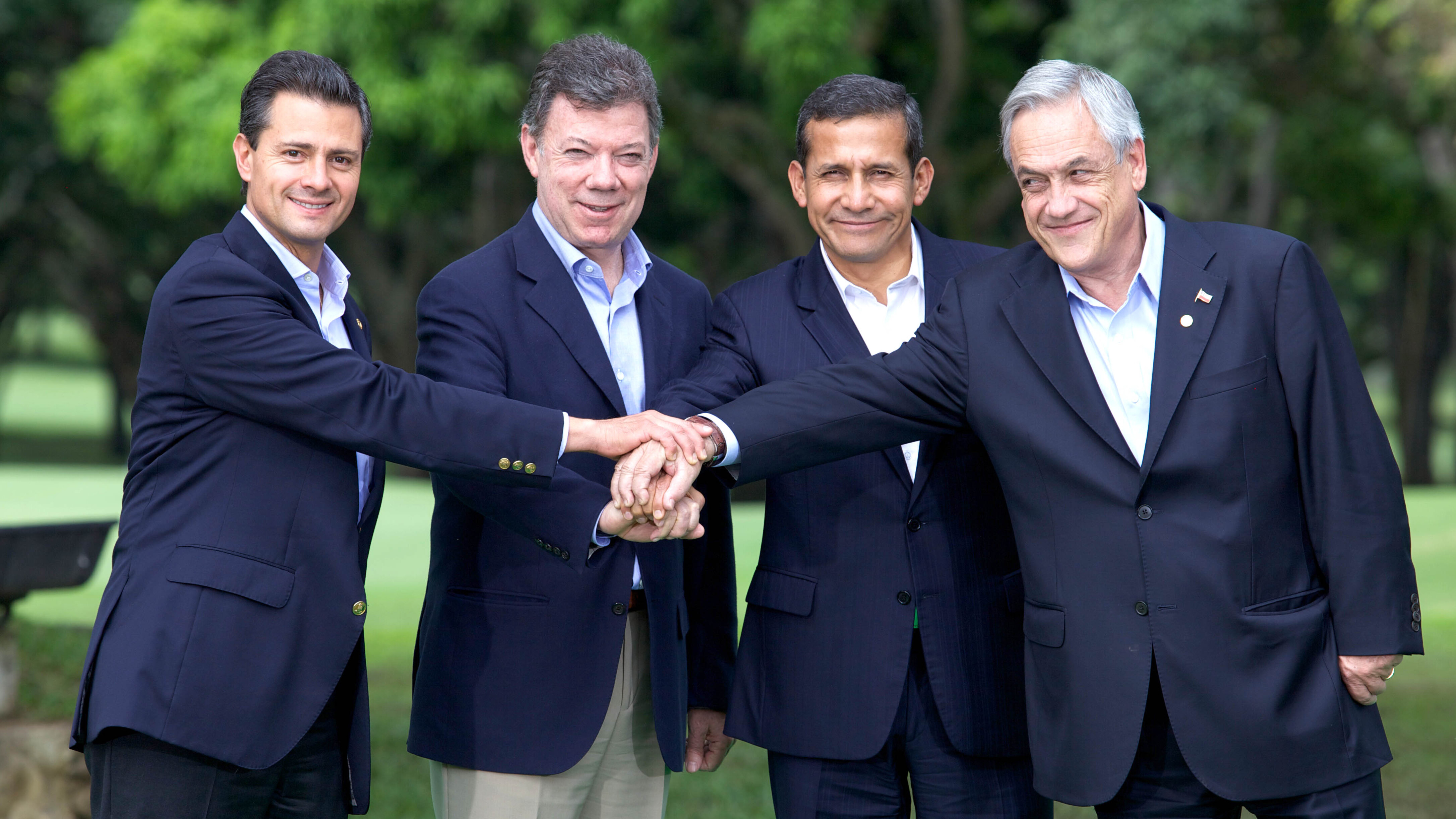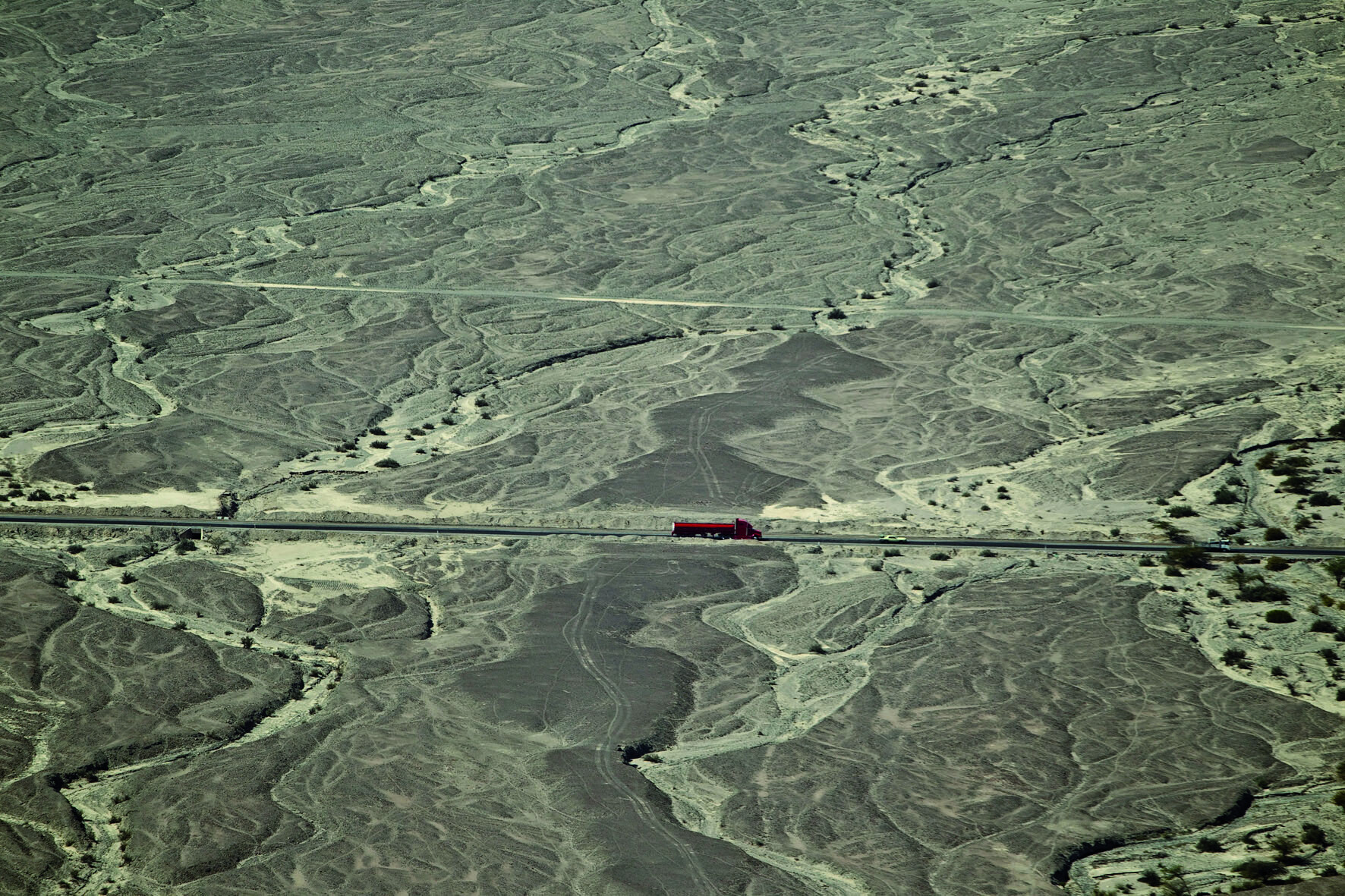Should investors be excited about the Pacific Alliance?

A London School of Economics round-table discusses the Pacific Alliance – a trade group made up of Mexico, Colombia, Peru and Chile.
Mike Reid, Americas Editor, The Economist

There is no doubt that the Pacific Alliance is potentially one of the most interesting and important developments in the region for a decade. Why? Well it’s interesting because it seems to have learnt the lessons of the last ten years of foreign integration. It’s a paradox that probably never has Latin American integration been talked about so much, with so many summits, than in last decade. But actually in terms of results it’s been a lost decade for economic integration. If you look at the numbers, Latin American intraregional trade is much lower than in Asia. Take Mercosur, for example. It is the most advanced trade bloc yet the percentage of intra-Mercosur trade as a proportion of total trade of all members is considerably lower now than it was in 1990s. The Pacific Alliance represents a return to open regionalism, when it was believed that the consequences of trade liberalisation of the 1990s would be regional integration, bigger markets and greater scale for manufactures and value added goods in region. Unfortunately that has been lost in the intervening period.
It’s interesting also because these are fast-growing open economies with access to Asia, US and the EU. It is clear that they’ve embraced the notion that development will come through openness to globalisation, with role of government being to provide necessary support to make globalisation work for those economies. The Pacific Alliance members are the faster-growing larger economies in region. That growth is based on a commodity boom but also based on high levels of investment. In the region as a whole the average is 23% but in Peru investment is 30% of GDP, in Colombia it is 27%, in Chile 27% and in Mexico 23%.
But one must also ask, what does this add up to in practical terms? Do Mexico and the Andean 3 belong together? Mexico is an open economy, very open, but so much of its economic integration is with the US so it’s hard to know what integration between Mexico and the Andean 3 will actually mean in practice.

Another doubt I have is geography. In many ways this is a coalition based on ideology rather than geographical proximity – and that could cause problems. A direct flight from Bogota to Santiago is 6hrs while if you’re lucky enough to find one from Santiago to Mexico City it will take you 8.5hrs. That’s longer than from London to Delhi. These are very big distances. To take it to the extreme, the distance from Tijuana in Mexico, to Punto Arenas in Chile is 10,500 km. That’s the same as from the Shetland Islands to Cape Town and nobody would talk about economic integration between those two over that type of distance.
There’s a lot for investors and businesspeople to think about. And the number of countries that have signed up for international observer status shows that a lot of people are interested in the Alliance. There’s no doubt that it’s very interesting, very potentially important and we'll see in next few years how much of the potential becomes reality.
Dr. Gian Luca Gardini, Lecturer in Latin American Politics, Bath University

I think the most important thing to do with any new regional alliance is ask; what is the added value to its members and what does it do for the rest of Latin America
In this context the Pacific Alliance is more a reflection of reality than something driving further change. It seems to me that the big achievements of the four member countries predate the Pacific Alliance. They were already doing well comparatively and historically so I’m not quite sure the Alliance will add much.
Next we should analyse two of the main objectives of the Alliance. The first is the creation of free circulation of goods and people, while the 2nd is to create a platform for improved relations with Asia Pacific.
But if we look at that first objective – free circulation of goods and people – the fact is that to become a member of the Pacific Alliance you already need FTAs (Free Trade Agreements) in place with existing members. With that being the case, what can the Pacific Alliance add to the picture?
The second objective involves looking towards Asia. But again many members already have extensive bilateral trade agreements with most of the key Asian economies. Moreover, as of yet, the Pacific Alliance has no juridical authority. This means that it can’t sign treaties on behalf of member states – any new deals with Asia will have to be made on an independent basis by each member.
As for its impact on the rest of the continent, that remains unclear. Many of the other countries in the region are in other alliances. For example, Uruguay has observer status in the Pacific Alliance but it is a fully-fledged member of Mercosur. At present it would be unable to join the Pacific Alliance because Mercosur does not allow member states to sign FTAs with other countries. It’s a complex situation.
We must remembers that Chinese production will compete with Latin American production "
With regards to the focus on Asia, there is great interest in China but I have my doubts. An over enthusiastic approach to China and Asia brings great short-term export opportunities. After all, Latin America sells what Asia buys, namely commodities. However, we must remember that Chinese production will compete with Latin American production in domestic markets. For example, China has replaced textile production in several countries. In 2010 Argentina told the Chinese that they were destroying the local shoe industry, which is very important in Argentina, but the Chinese reminded Argentina about an important soya deal. They basically threatened to pull the soya deal if Argentina restricted Chinese shoe imports. So, in the longer term, China may not be good for Latin America. It may be a case of moving from one dependence to another.
The Colombian Ambassador to London,
His Excellency Mauricio Rodríguez Múnera

Some interesting points have been raised. Firstly to address Michael Reid, yes, of course Mexico’s main economic interest is the US. But the Financial Crisis taught Mexico that it can’t depend completely on the US. And that’s why it is so keen to develop economic ties with the Pacific Alliance. By growing a base of diversified partners it reduces the risk of excessive dependence on North America.
Another valid question is about the type of integration model that the Pacific Alliance will use. And here’s the fundamental difference between the Pacific Alliance and other groups. We believe that the answer to this question has to be provided by the business community, not the governments or trade experts. In our eyes the role of government is just to create the conditions and facilitate the interaction of the business community and allow the free movement of capital, goods, people etc. I think that businesses are much better at deciding what investments should happen than the experts. I think that's where other attempts have failed, by having groups of experts sitting in a room and deciding what it was that needs to be improved. I think businesses should make that decision with the support of government.
I think that businesses are much better at deciding what investments should happen than the experts "
I accept the point that these four countries were doing well before the Pacific Alliance, but I think we are also starting to see signs of its effects. Chile was largest foreign investor in Colombia last year, with $5bn. If someone had told me that five years ago, I would have thought they were crazy. Of course that’s not all down to the Pacific Alliance but we have raised awareness, lowered barriers and encouraged these deals to take place. Nowadays we see lots of businessmen in Bogota; that was not the case three years ago. We see lots of Colombians in Peru, Mexicans in Bogota and so on. They will decide what is the best strategy and supply chain – not the government.
As for the distance, yes we are far away but geography is not important. Indeed there are three elements in common that are far more important than the distance that divides us. We have a very similar culture, especially business culture. I spent many years in the private sector and I know that the business people in these four countries can communicate very easily. There is also a shared language, same time zone and complimentary economic activities - so there is a lot of potential to be developed.